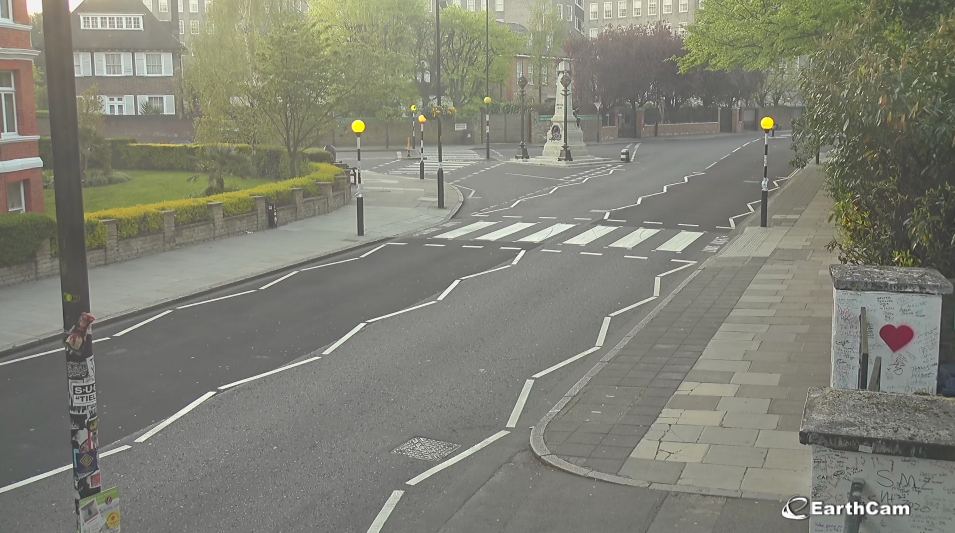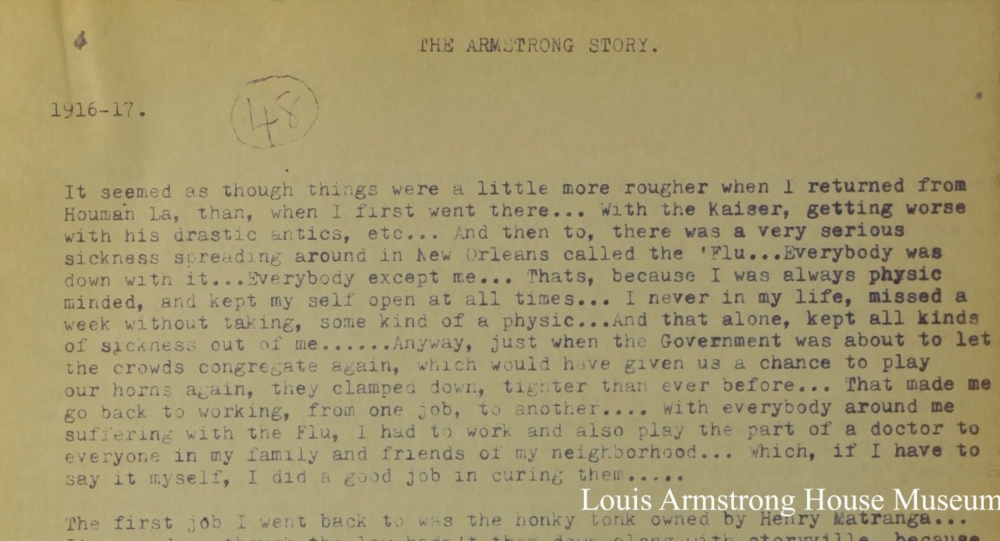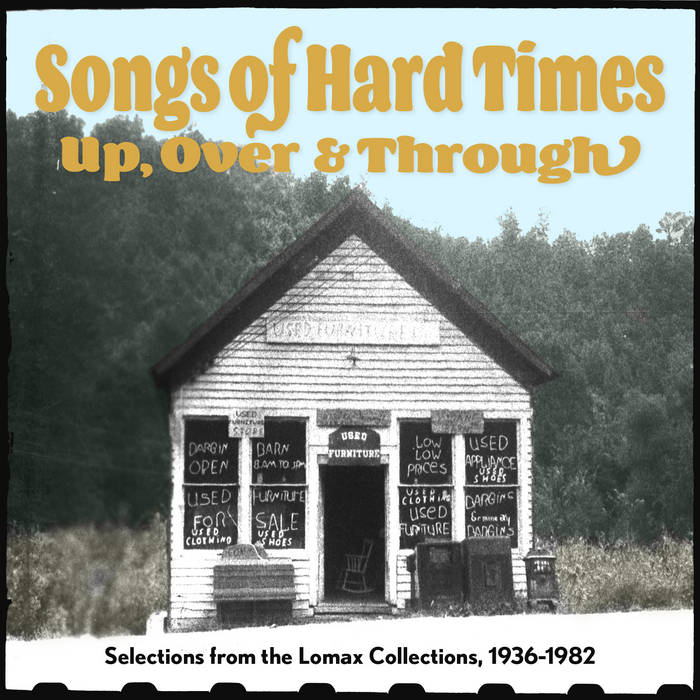When we think of the most technologically inclined artists of all time, we don’t necessarily think of Vincent van Gogh. Though he wrote of his determination to create “the art of the future,” when he got down to painting he did so with traditional tools. Whatever Van Gogh’s own feelings about technology, technology certainly seems to like him: take, for example, 2017’s Loving Vincent, a feature film about him animated with 65,000 paintings; the digital exhibition of his work that took place in Paris last year; his paintings brought to life with 3D animation and visual mapping; and a virtual-reality version of The Night Cafe, all previously featured here on Open Culture — not to mention the 1,400 paintings and drawings by van Gogh made available online by the Van Gogh Museum.
However forward-looking its full-featured online presence made the Van Gogh Museum seem before, this particular moment has made it look like an even more prescient institution. With it and so many other brick-and-mortar museums temporarily closed due to the coronavirus pandemic, online is the only way any of us can enjoy them.
In addition to its existing resources on the web, the Van Gogh Museum has over the past month been uploading a private tour, all shot in 4K video. Much like the five-hour iPhone ad shot in the Hermitage about which we posted last month, this series provides a drifting, floating view of the museum’s galleries and the works they proudly display, all quite unlike any experience one could ever have had there in person.
In the six parts of the series that have gone up so far, with a seventh and final installment to come next, not a single other person appears to get between you and Van Gogh’s portraits, Van Gogh’s still lifes, Van Gogh’s scenes urban and rural. But you do get some accompaniment in the form of a full musical score, an element that has become quite important for this now-emerging form of cinematic, high-resolution museum tour video.
Though brief, this Van Gogh Museum tour in 4K covers a wide swath of the artist’s work, and will surely only whet the appetite of viewers who’ve been meaning to make the trip to Amsterdam themselves. Until then, we can take in Van Gogh’s “art of the future” using the technology of the present — the likes of which wouldn’t have appeared in even his wildest visions.
Related Content:
Download Hundreds of Van Gogh Paintings, Sketches & Letters in High Resolution
13 Van Gogh’s Paintings Painstakingly Brought to Life with 3D Animation & Visual Mapping
Van Gogh’s 1888 Painting, “The Night Cafe,” Animated with Oculus Virtual Reality Software
Based in Seoul, Colin Marshall writes and broadcasts on cities, language, and culture. His projects include the book The Stateless City: a Walk through 21st-Century Los Angeles and the video series The City in Cinema. Follow him on Twitter at @colinmarshall, on Facebook, or on Instagram.




